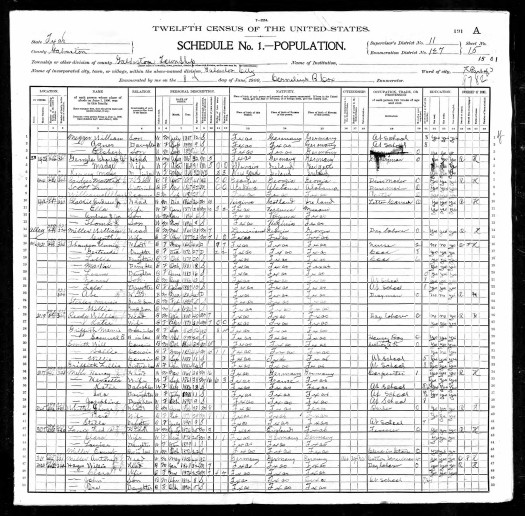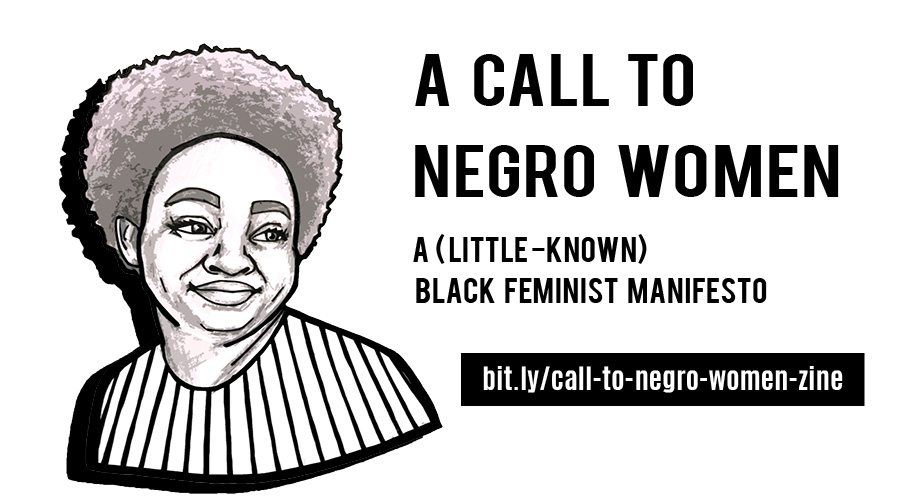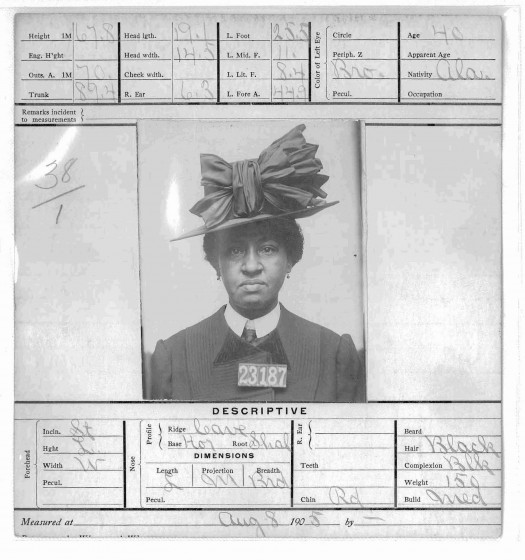I started my research on Laura Scott’s life four years ago. I came across her mug shot, purchased it and was curious about who she was. Last year, a woman named Barbara reached out to ask if she could publish an abridged version of the zine I wrote about Laura’s life in the newsletter of the Afro-American History Society. I agreed of course and it will appear in early March.
Later, Barbara shared some information that she found on Ancestry.com. She’d come across a Laura Scott born Nov. 1867 in Alabama living in Galveston, TX according to the 1900 Census. She was listed as married, a dressmaker and living with a sister-in-law named Mattie Bridges. Barbara added: “Awfully close to the facts about your Laura Scott. If the same person, Laura may have left for California after the devastating hurricane struck the city. Could also explain the train tickets to El Paso.” In my original research, I’d missed this possible clue about Laura Scott. Armed with this new information, I am able to revise what I previously wrote about Laura’s possible travels prior to arriving in California.
Revised Information
Laura Scott was born in Alabama in either 1867 or perhaps 1868. Her exact birth date is unknown because there are various ages listed for her on different documents. In addition, Laura Scott was divorced and the surname she used may not be her maiden name. San Quentin prison records list her age as 37 years old in 1905 and then as 40 years old in 1908. Her Bertillon criminal card lists her age as 40 years old in 1908. However, two years later, the 1910 Federal Census where she appears as a prisoner at San Quentin lists her age as 38. She is identified as being 28 years old in a 1907 Los Angeles Herald newspaper article covering her second trial. Searching Ancestry.com, according to the 1900 Census, a Laura Scott born in November 1867 in Alabama was living in Galveston, Texas with her sister-in-law named Mattie Bridges. It’s possible that this could be the same Laura.

Year: 1900; Census Place: Galveston Ward 7, Galveston, Texas; Roll: 1637; Page: 15A; Enumeration District: 0127; FHL microfilm: 1241637
It was common for many people in that era not to be certain of their exact date of birth. The question is whether it is more plausible that Laura Scott would inflate her age when she was younger or whether she would decrease her age as she got older. By all appearances, it seems that Ms. Scott paid close attention to her looks. Her outfits in her mug shot photos attest to this. Therefore one would infer that the San Quentin prison documents and the Bertillon card were probably more accurate than the 1910 Federal Census or a newspaper article.
When Laura Scott left Alabama, she was leaving behind a mostly rural, poor, and deeply racist society. It is possible that Laura left Alabama during a migration of black people that began in the late 19th century. For a black woman like Laura, Alabama must have felt deeply oppressive and constraining. An adventurous woman like Laura Scott would probably have seen Los Angeles as “the land of milk and honey” by contrast. For whatever reason, Laura Scott did not feel a need to remain in Alabama. At some point she made her way out West, perhaps stopping in Galveston, Texas. Information for the 1900 Census was collected in June of the same year. In early September 1900, Galveston was struck by a terrible hurricane that decimated the city and left up to 8,000 dead. If Laura was in fact living in the city at the time, it’s possible that this natural disaster led her to make her way to California. It is unclear, however, when she first arrived in California. We do know that she was living in Los Angeles in 1905 when she was arrested for larceny.



